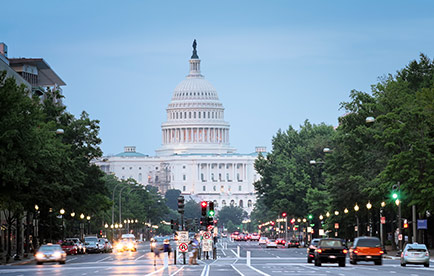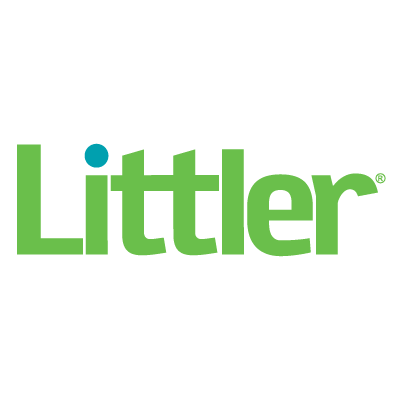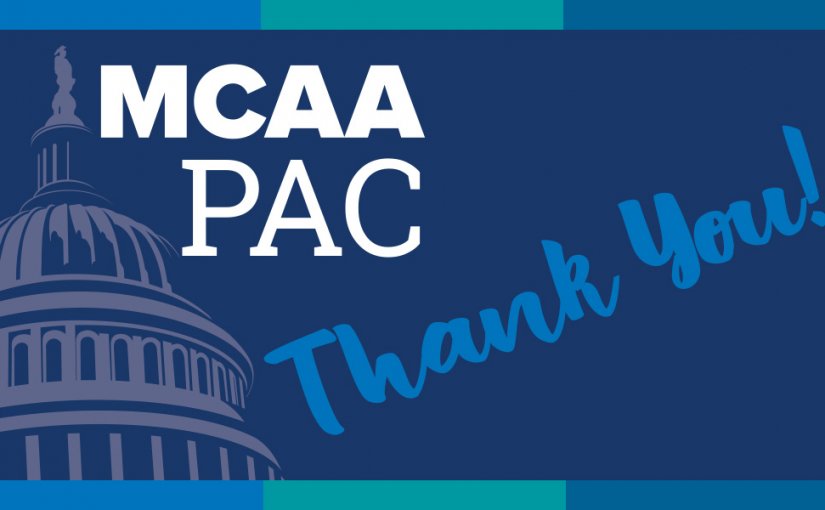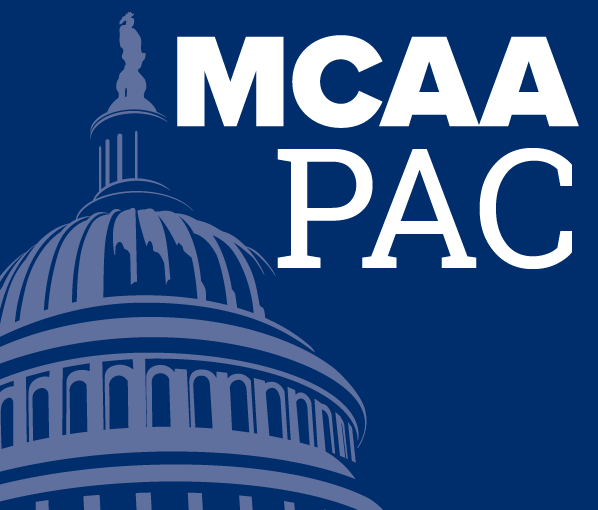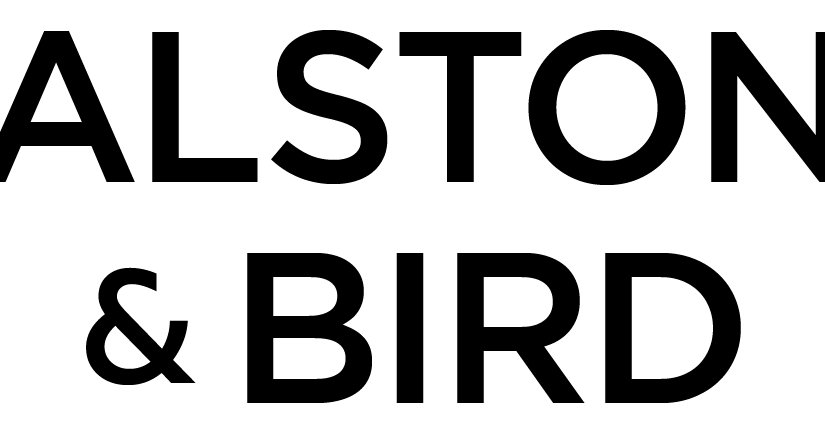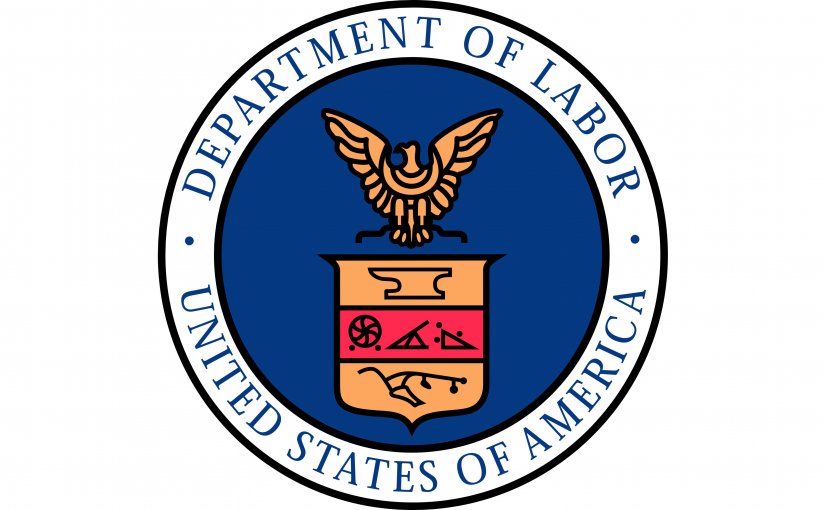The Families First Coronavirus Response Act (HR 6201) was passed by the Senate and enacted into law with the President’s signature on March 18, 2020. The new law takes effect on April 2, 2020 and will remain effective until December 31, 2020.
For MCAA employers, it has three areas of immediate impact: paid family leave for employees unable to work or telecommute for reasons relating to the COVID-19 health emergency, paid sick leave for employees unable to work or telecommute for reasons relating to the coronavirus emergency – both redeemable in large measure by quarterly tax credits against payroll taxes- and then a requirement of no-cost coronavirus testing by our joint health plans.
The measure is different from the earlier version of HR 6201 and will present significant technical corrections, as well as calling for significant regulatory guidance in the implementation process. Immediately upon enactment, Senate lawmakers called for yet further paid sick and family leave measures to be included in subsequent economic and health crisis emergency measures.
So, this digest supplants any earlier briefing of HR 6201 and should be taken as preliminary, pending further technical corrections, regulatory guidance, and then perhaps even further emergency legislation on these subjects.
HR 6210 – Division C – Emergency Family and Medical Leave Expansion Act
1.1 Eligible Employees & Employers: The new law applies to employers with fewer than 500 employees (for 20 or more weeks of the current or preceding year) and employees who have been employed for at least 30 days with their respective employer.
1.2 Points of Clarification: It will need to be clarified how either criteria operate if the employers choose to exercise the discretion permitted in the law to implement compliance through a multiemployer collective bargaining agreement joint benefit fund context. Similarly, for eligibility of non-bargaining unit employees, the 30-day period of employment also will need to be clarified. It is unclear whether the 30-day employment must be closely coincident with the request for leave or otherwise.
1.3 Reasons for Paid Family Leave: Eligible employees are entitled to paid leave for “qualified need related to a public health emergency” which means the employee is unable to work (including telework) due to the need to take care of a child under the age of 18 whose elementary or secondary school is closed, or place of care or is unavailable due to COVID-19 precautions
1.4 Compensation Required: The law says the first 10 days for which an employee takes leave is to be unpaid. The employee may elect to use any accrued vacation leave, personal leave, medical leave, or sick leave for that initial 10 days. After that, the law requires employers to provide paid leave for each day in the amount of no less than two-thirds of the employee’s regular rate of pay for the regularly scheduled number of hours that period. For employees with fluctuating schedules, the law requires employers to calculate a daily average over the exact preceding 6-month time period.
1.5 Other Requirements: Eligible employees are required to give the employer advanced leave, if foreseeable and practicable. Employers with 25 or more employees are required to reinstate a worker returning from leave to the worker’s former job. If that position is no longer available, employers are required to make reasonable efforts to find a comparable position for that worker over the course of one year. Employers with fewer than 25 employees are required to find a new position for reinstatement if the worker’s position has been eliminated during the leave.
1.6 Multiemployer Collective Bargaining Implementation: The laws says an employer with a Multiemployer bargain relationship, may – consistent with the terms of the CBA – fulfill it obligation under the law based on the paid leave each of its [bargaining unit] employees is entitled to under the law – and that those employees may receive mandated pay from the Multiemployer fund or plan provided for that purpose under the CBA.
1.7 Need for Further Clarification: There are several issues with this aspect of the law – whether the labor law restrictions against direct dealing with union-represented workers are affected by this provision. Also, it’s is unclear whether the reduced pay and regular rate provisions and possible lack of benefits contributions is overcome by the superseding provisions (in other Divisions of HR6201) saying that the law does not preempt the terms of any bargaining agreement pertaining to pay and benefits, perhaps including a provision relating to pay and benefits for hours worked or for hours paid.
HR 6201 – Division E – Emergency Paid Sick Leave Act
2.1 Covered Employers and Eligible Employees: Covered employers are those employing 500 or fewer employees. Eligible employees cover all employees, without the 30-day employment eligibility included in the Division C Family Leave as above. The law specifically says that the paid sick time shall be available for immediate usability by the employee for eligible reasons regardless of how long the employee has been employed.
2.2 Permitted Reasons for Paid Sick Leave: Employees are entitled to paid sick leave to the extent they are unable to work or telecommute because:
- 2.2.1 The employee is subject to Federal, state or local quarantine or isolation order related to COVID-19;
- 2.2.2 The employee has been advised by a health care provider to self-quarantine due to concerns related to COVID-19;
- 2.2.3 The employee is experiencing symptoms of COVID-19 and is seeking a medical diagnosis;
- 2.3.4 The employee is caring for an individual who is subject to a quarantine order issued by Federal, state or local authorities, or who has been advised by a health care provider to self-quarantine due to concerns related to COVID-19;
- 2.3.5 The employee is caring for a son or daughter whose school or day care has been closed, or if other child-care is unavailable, due to COVID-19 precautions; and/or
- 2.3.6 The employee is experiencing any other substantially similar condition specified by the Secretary of Health and Human Services in consultation with the Labor and Treasury Departments.
2.3 Duration and Amount of Sick Pay: Covered full-time employees are entitled to 80 hours of paid leave. Part-time employees are entitled to the average number of hours they work over a two-week period. Employers are prohibited from requiring workers to use other paid leave in advance of using the allotted paid sick leave. Unused paid leave eligibility does not carry over from year to year and is not payable on termination of employment by terms of the law.
The amount of pay required by the law under this section is based on varying limits depending on the reason for the leave. If the leave is for the employee’s illness as set out in 2.1.1, 2.1.2, or 2.1.3 above, then the rate of pay is the regular rate of pay, subject to a maximum of $511 per day, with a maximum of $5110 in the aggregate. For paid sick leave relating to others’ illnesses as in 2.2.4, 2.3.5, or 2.3.6 above, the rate of pay required is two-thirds the regular rate, capped at $200 per day, and $2000 in the aggregate.
2.4 Collective Bargaining Implementation: Division E also sets out employer discretion to fulfill its requirements under collective bargaining and benefit fund administration, raising the same ambiguities as above. Similarly, Division E’s rules of construction recite that it does not operate to diminish rights and benefits that the employee is entitled to under a bargaining agreement or other Federal, state or local law, or employer policy.
Both Division C and E – paid family and paid sick leave can be waived by the Department of Labor for specific small business employers with fewer than 50 employees, upon showing that the imposition of the requirements would jeopardize the viability of the business.
In conclusion, the process of defining exactly what is intended and will be required at the end of the legislative and regulatory process on the issues is just beginning. MCAA will keep you up to date on developments as they become clearer.
